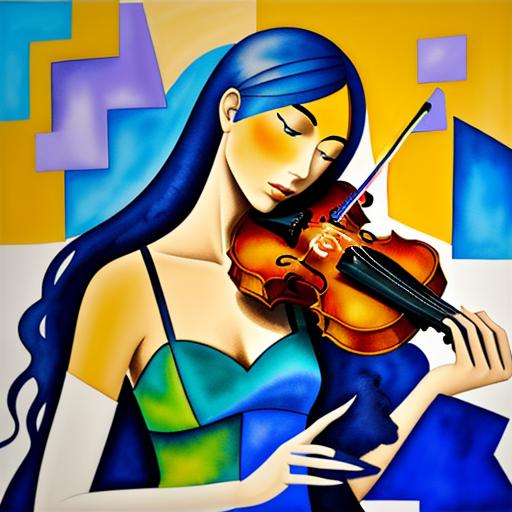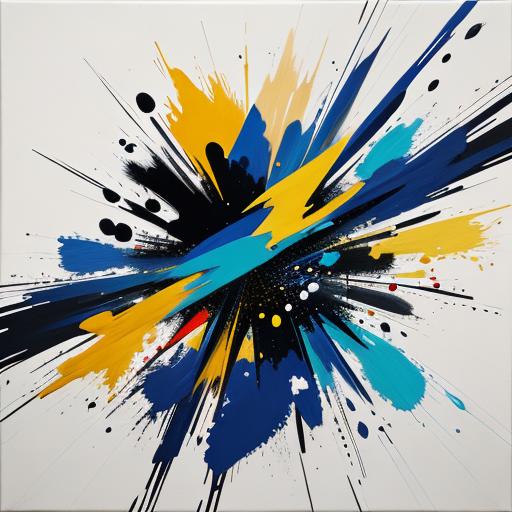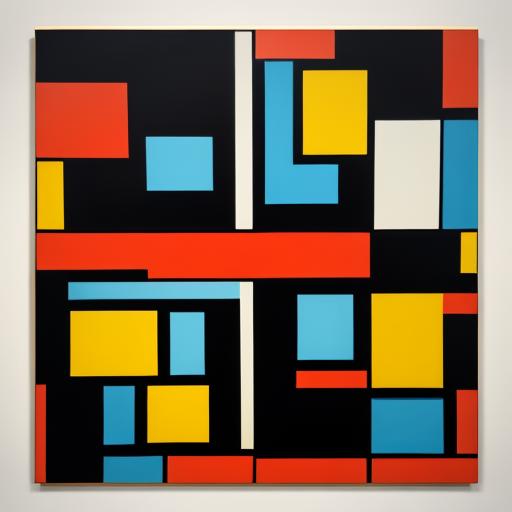Staring at a canvas filled with bold colors, intriguing shapes, and captivating textures, you might find yourself wondering, “What is the secret behind abstract painting?” As someone new to the world of abstract art, you’re not alone in your curiosity. Many people struggle to understand the depth and meaning behind these seemingly simple yet profoundly expressive works.
But fear not! In this comprehensive guide, we’ll embark on a journey to unravel the mysteries of abstract painting. We’ll delve into the key elements, explore the major styles and movements, and equip you with practical advice to unleash your own creative potential. Whether you’re an aspiring artist or simply an art enthusiast, this guide will help you unlock the secrets of abstract painting and elevate your appreciation for this captivating genre.
The Essential Elements of Abstract Painting
At the heart of abstract art lies a focus on the fundamental elements of visual expression: line, color, shape, and texture. These building blocks come together to create a symphony of emotion and meaning, transcending the boundaries of representational art.
Line: The Rhythm of Expression
Line is the most essential element in abstract painting, serving as the foundation for the artist’s visual language. From bold, sweeping brushstrokes to delicate, intricate traces, the use of line can convey a range of emotions and ideas. Straight lines may evoke a sense of stability and structure, while sinuous, curving lines can suggest a more fluid, organic energy. Experiment with the thickness, direction, and rhythm of your lines to unlock the hidden narratives within your abstract compositions.
Color: The Emotional Palette
Color is the lifeblood of abstract art, carrying the power to evoke deep emotional responses. Vibrant hues can inspire feelings of joy and energy, while muted tones may convey a sense of introspection and contemplation. Mastering the principles of color theory can help you harness the expressive potential of your palette, creating harmonious or intentionally dissonant color relationships that capture the essence of your artistic vision.
Demonstrating Primary Color Mixing and Gradients
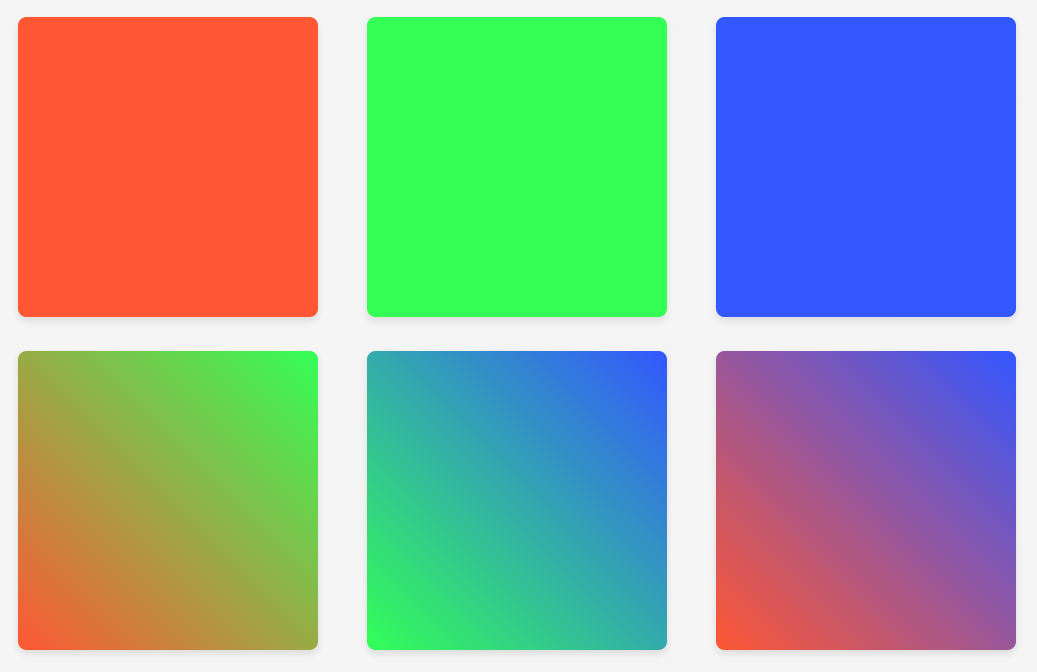
The first row shows the primary colors; Below the color palette, the code displays three gradient boxes. These gradients are created by blending pairs of the original colors:
- Red blends with green.
- Green blends with blue.
- Red blends with blue.
Purpose: The gradient effect visually simulates the process of mixing two colors together, which is a fundamental technique in abstract painting. It shows how new shades and effects can be achieved through blending.
Now create your own simple abstract painting by mixing primary colors >> Abstract Painting Tool
Shape and Form: The Language of Abstraction
In the realm of abstract painting, shape and form take on a new significance, moving beyond the constraints of realism. Geometric shapes, such as squares, triangles, and circles, can convey a sense of order and structure, while organic forms can suggest the fluidity and unpredictability of the natural world. Explore the interplay of positive and negative space, allowing the shapes within your composition to dance with one another, creating a visual symphony that speaks to the viewer’s imagination.
Texture: The Tactile Dimension
The surface quality of your painting, or its texture, can add depth and richness to your abstract work. Impasto techniques, where paint is applied thickly and allowed to dry with a textured, almost sculptural quality, can convey a sense of physicality and materiality. In contrast, smooth, minimalist surfaces may evoke a sense of serenity and tranquility. Experiment with various tools and mediums to create unique textural effects that enhance the emotive power of your abstract compositions.
Mastering the Styles of Abstract Painting
As the abstract art movement has evolved over the decades, distinct styles and movements have emerged, each with its own unique approach and philosophical underpinnings. Understanding these stylistic variations can deepen your appreciation for the diversity of abstract painting.
Expressionism: Unleashing Emotion
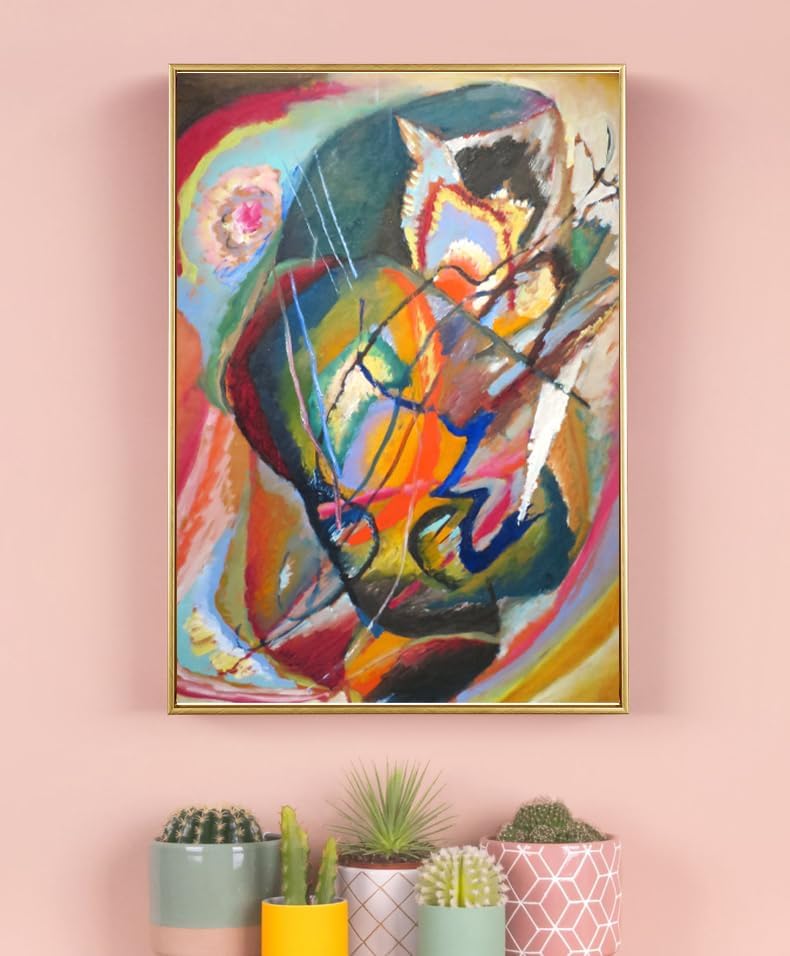
Pioneered by artists like Wassily Kandinsky, Willem de Kooning, and Jackson Pollock, Expressionist abstract painting is characterized by a bold, unrestrained exploration of emotion and personal expression. These artists used line, color, and gestural brushwork to create dynamic, often chaotic compositions that reflected the artist’s inner turmoil or ecstasy. The process of creating the work, rather than the end result, became the focal point of Expressionist abstraction.
Cubism: Fragmented Perspectives
Cubism, as championed by Pablo Picasso and Georges Braque, revolutionized the way we perceive and depict the world. By fragmenting the subject matter into geometric shapes and presenting multiple perspectives simultaneously, Cubist abstract painters challenged the traditional notion of representation. This approach encouraged viewers to engage with the work on a more conceptual level, inviting them to piece together the fragmented elements into a cohesive whole.
Abstract Expressionism: The Power of Process
The Abstract Expressionist movement, exemplified by artists like Mark Rothko, Clyfford Still, and Hans Hofmann, shifted the focus from representation to the pure physicality and emotive power of the painting process. These artists used large-scale canvases, bold brushstrokes, and vibrant colors to create immersive, contemplative experiences for the viewer. The end result was a direct expression of the artist’s inner psyche, with the process of creating the work taking precedence over the final product.
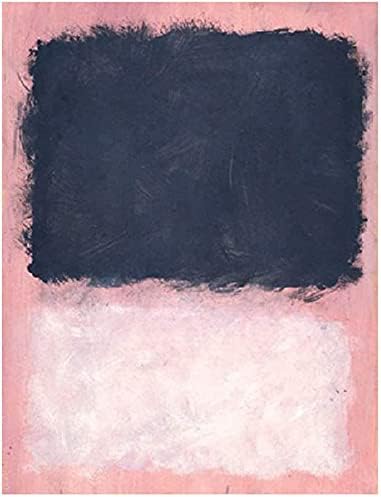
Minimalism: Paring Down to Essentials
In contrast to the expressive and gestural styles of earlier abstract movements, Minimalist painters like Ad Reinhardt, Frank Stella, and Agnes Martin embraced a reductive approach, stripping away extraneous elements to focus on the fundamental aspects of the medium. These artists often employed geometric shapes, muted color palettes, and repetitive patterns to create a sense of serenity and contemplation, inviting the viewer to engage with the work on a deeply introspective level.
Appreciating and Interpreting Abstract Art
As you delve deeper into the world of abstract painting, it’s important to approach the experience with an open mind and a willingness to engage with the work on a personal level. Resist the temptation to seek out a singular, definitive meaning, and instead allow yourself to be drawn into the visual dialogue, letting the elements of the painting evoke your own emotional and intellectual responses.
Understanding the Creative Process
One of the keys to appreciating abstract art is to gain insight into the artist’s creative process. By understanding the techniques, materials, and conceptual frameworks that inform the work, you can develop a deeper respect for the skill and intention behind the final composition. Pay attention to the physical qualities of the paint, the rhythmic movements of the brushstrokes, and the interplay of positive and negative space to gain a more intimate understanding of the artist’s creative journey.
Identifying Artistic Elements
Honing your ability to identify the core elements of abstract painting – line, color, shape, and texture – can greatly enhance your appreciation for the work. Look for the ways in which the artist has employed these building blocks to convey emotion, evoke a mood, or challenge traditional notions of representation. By familiarizing yourself with the language of abstract art, you’ll be better equipped to engage with the work on a more meaningful level.
Finding Your Own Interpretation
While there may be no single “correct” interpretation of an abstract painting, your personal response to the work can be just as valid and meaningful as any scholarly analysis. Allow your intuitive reactions and emotional resonance to guide your exploration, and don’t be afraid to bring your own unique perspective and life experiences to the table. The joy of appreciating abstract art lies in the freedom to find your own authentic connections and insights.
Unleashing Your Creative Potential
Now that you’ve gained a deeper understanding of the world of abstract painting, it’s time to put your newfound knowledge into practice. Whether you’re an aspiring artist or simply someone who wants to explore the creative process, these practical tips will help you unlock your own artistic potential.
Experiment with Materials and Techniques
The beauty of abstract painting lies in the endless possibilities for experimentation. Embrace a spirit of playfulness and curiosity as you explore a wide range of materials, from traditional oils and acrylics to unconventional mediums like ink, pastel, or even found objects. Experiment with various application techniques, such as layering, scraping, dripping, or sponging, to create unique textural effects and unexpected visual narratives.
Find Your Signature Style
As you immerse yourself in the creative process, pay close attention to the artistic elements and approaches that resonate most with you. Do you find yourself gravitating towards bold, expressive brushwork or subtle, minimalist compositions? Are you drawn to vibrant, saturated colors or more muted, earthy palettes? By identifying the elements that feel most authentic to your artistic voice, you can begin to develop a signature style that reflects your unique perspective and creative vision.
Embrace the Journey of Artistic Growth
Abstract painting is a lifelong journey of exploration and self-discovery. Embrace the process of trial and error, celebrate your successes, and learn from your failures. Keep a sketchbook or visual journal to document your creative journey, and don’t be afraid to step outside your comfort zone and try new approaches. The true joy of abstract painting lies in the act of creating, so focus on the process rather than the end result, and allow your artistic expression to evolve organically over time.
Conclusion: Unlock the Secrets of Abstract Painting
As you’ve discovered in this comprehensive guide, the world of abstract painting is a rich and captivating realm, filled with endless opportunities for exploration and self-expression. By delving into the essential elements, major styles, and practical techniques, you’ve gained a deeper understanding of the power and potential of this captivating genre.
Remember, the true beauty of abstract art lies in its ability to transcend the boundaries of representation and connect with the viewer on a primal, emotional level. So embrace your curiosity, trust your intuition, and let your artistic journey unfold, unlocking the secrets of abstract painting one brushstroke at a time.
Resources
The Essential Guide to Abstract Art
The History of Abstract Expressionism

